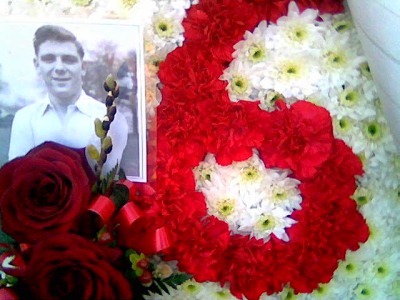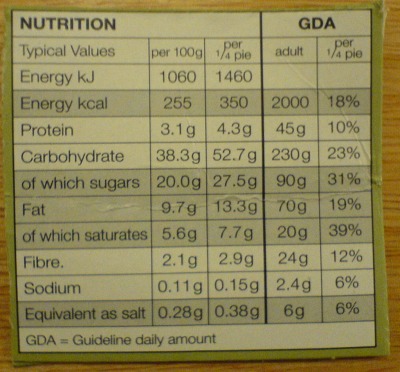Dales
February 16th, 2008
First winter half term for some years – and record warm temperatures!



First winter half term for some years – and record warm temperatures!



Spearman’s Rank correlation coefficient yields a perfect positive correlation for data that follows the x2 function. Pearson’s Product Moment correlation coefficient will yield a lower value, as the coefficient measures the extent to which the data follows a straight line.
In was walking through this kind of thinking with a group and explaining tied ranks, when someone asked ‘why bother with the ranking’? I pulled up a photo of the kind of calculator that Pearson and Spearman were using at the turn of the 19th century, and they got the point straight away… The history of calculation is part of the reason Maths is like it is. Perhaps in 20 years we will be using exact distribution methods for statistical tests.

Photo taken by Ruth on her mobile in Dudley. Spontaneous memorial to one who died young before million pound salaries.
“I’ve seen people lose their minds tweaking animations and transitions on slides. They try every single animation in the hope that just the right transition will add that certain something to their presentation, but what they don’t know is that an animation fixation is usually a sign that your content blows.”Rands (in Repose)
Yup: brutal but true. Found via the Daring Fireball. As you can see, I keep my transitions as simple as possible – usually just the ‘appear’ item.
Ubuntu is getting better and I am looking forward to the next Long Term Support version as the Gutsy Gibbon (AKA Ubuntu 7.10) is doing most of what I need.
Runs fine on my Efficient PC box.

The Web has become a universal interface to a range of applications. I’m trying to classify some Web applications that appear to provide very different things that teachers (and students) might want to use.
You can publish or store. Some applications shape or guide your interactions along certain lines, others provide affordances that can be used in many ways.
| Publish | Store/record | |
| Shapes use | CMS, Blogs, Moodle, stand alone forums | e-portfolios that map evidence against standards: AAT, PaperFree. Flickr when marked private. Gmail is where I keep a lot of handouts & information. |
| Provides affordances | Wikis, older VLEs | Freeform e-portfolios like ELGG and PebblePad, Google Apps |
By shapes use I mean a Web application that pushes the authors (gently) towards a certain style of use. Moodle, with the Activity and Resource blocks, and the news forum that appears by default on each course, sort of suggests to teachers that they add some interactivity. Blog scripts are date based with a category labelling system. Content management systems often force the use of an editing hierarchy. What colleagues of mine would refer to as ‘proper’ e-portfolios – the ones that map evidence against a set of assessment criteria or learning outcomes – have the structure of the qualification built into them.
I contrast shapes use with Web applications that provide a range (often a wide range) of affordances to use Donald Norman’s word. A classic wiki has no access control or editing rules or constraints as to who can put which content where. Rules emerge as the wiki is populated and are enforced socially. The e-portfolios based on personal storage of assets which the asset owner can allow others to see are ‘free-form’ and based on individual choice and control. Using this kind of application to allow students to build a portfolio implies some relinquishing of control by the tutors – you can provide a template and model but the student can depart or customise the model.
Applications that are mainly about publishing information can be contrasted with applications that are mainly about capturing feelings, experiences and storing files and ‘digital assets’ for later use and for sharing with a small and controlled number of people.
I think these distinctions are important when you are working out how to use Web applications to support learning.

A quarter of this M&S apple pie is going to give me about a fifth of the guideline daily amount of fat, and roughly a third of my sugar GDA. A quarter of a pie gives me about a quarter of my energy needs (carbohydrates) but only a tenth of my protein needs. Food (apologies) for thought.